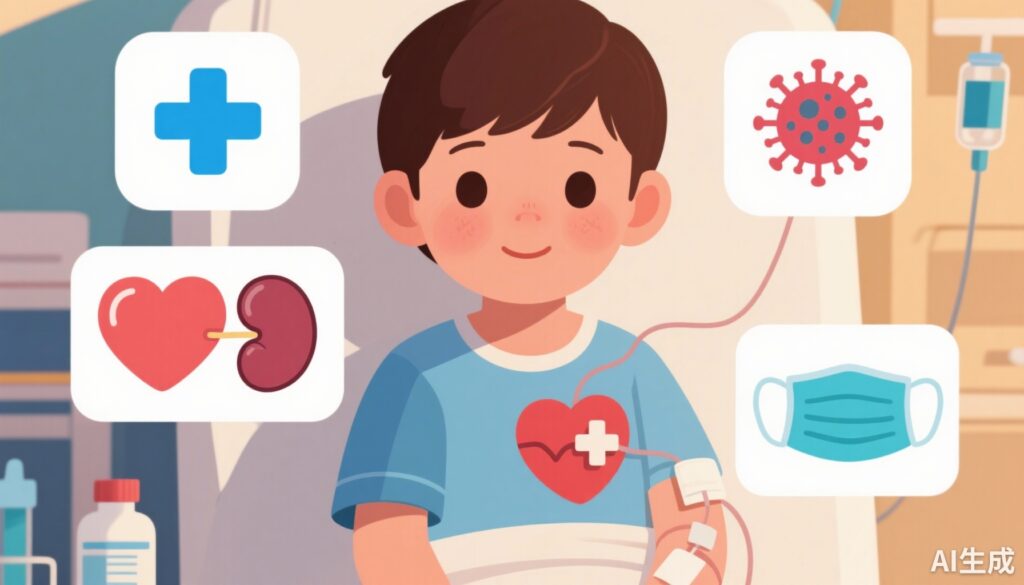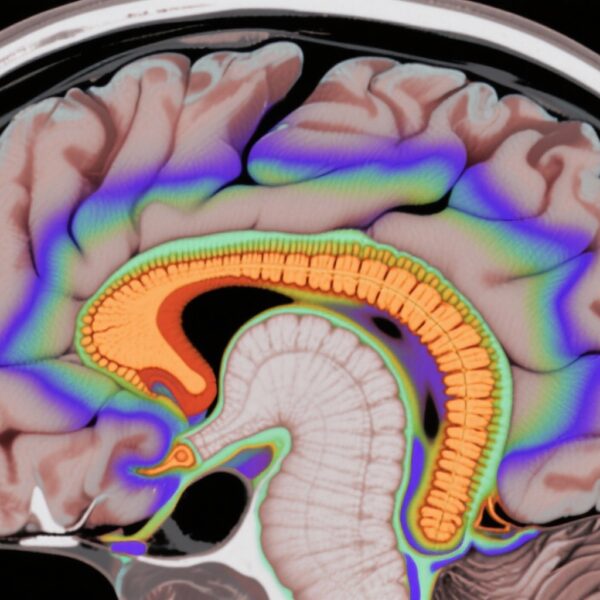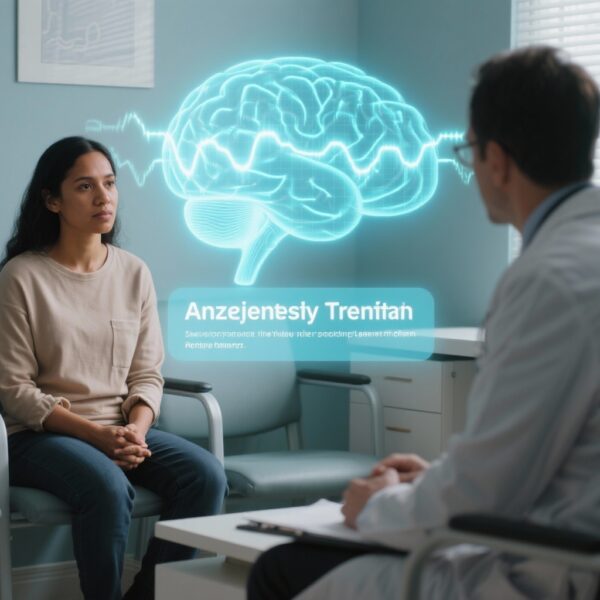Highlight
This randomized clinical trial assessed everolimus combined with low-dose tacrolimus versus standard-dose tacrolimus and mycophenolate mofetil in pediatric heart transplant recipients beginning 6 months posttransplant. Key findings include no significant difference in the primary composite endpoint of acute cellular rejection, cardiac allograft vasculopathy, and chronic kidney disease at 30 months. Notably, everolimus use was associated with improved renal function and reduced cytomegalovirus infection, without increased safety risks.
Study Background
Heart transplantation in children remains challenged by limited median graft survival, approximately 15 years, and significant risks of rejection, cardiac allograft vasculopathy (CAV), chronic kidney disease (CKD), and infections such as cytomegalovirus (CMV). Everolimus, a mammalian target of rapamycin (mTOR) inhibitor, has been implicated in reduced rejection and CAV rates and improved renal outcomes in adult transplant patients. Nevertheless, initiation of everolimus immediately posttransplant has been linked to higher infection-related mortality in some studies, raising concerns about its safety when used de novo in pediatric recipients. Thus, whether everolimus initiated at a later time point—such as 6 months after transplant—is beneficial and safe in children has remained unclear, especially given the paucity of randomized controlled trials in this population.
Study Design
This was a multicenter, randomized, open-label clinical trial conducted at 25 U.S. sites from February 2018 to August 2020, enrolling 211 pediatric heart transplant recipients who were alive at 6 months posttransplant. Participants were randomized to receive either everolimus combined with low-dose tacrolimus (n=107) or the standard regimen of standard-dose tacrolimus and mycophenolate mofetil (n=104) for a follow-up period of 30 months. The primary efficacy endpoint was the MATE-3 score at 30 months, a composite ordinal measure incorporating acute cellular rejection, CAV, and CKD. The primary safety endpoint was the MATE-6 score, which extended the MATE-3 composite by including antibody-mediated rejection, infection, and posttransplant lymphoproliferative disorder (PTLD). Additional secondary endpoints included graft survival, freedom from MATE events individually, renal function measured by estimated glomerular filtration rate (eGFR), and incidence of CMV infection.
Key Findings
The study population’s mean age was 8.2 years with 46% transplanted for congenital heart disease and 23% having had rejection episodes prior to 6 months. At 30 months, there was no statistically significant difference in the mean MATE-3 scores between the everolimus-low-dose tacrolimus group and the standard immunosuppression group (mean difference -0.32; 95% CI, -0.90 to 0.20; P=0.16), indicating similar efficacy regarding acute cellular rejection, CAV, and CKD. Regarding safety, the mean MATE-6 score was slightly lower in the everolimus group but statistically noninferior (baseline-adjusted mean difference -0.40; 95% CI, -1.81 to 0.93), supporting comparable safety profiles.
There were no observed differences in graft survival or MATE-free survival. Importantly, renal function improved more in the everolimus group, with a mean eGFR increase at 12 months of 10.5 mL/min/1.73 m² (95% CI, 1.09 to 19.91), signifying a meaningful nephroprotective effect. Furthermore, the everolimus-treated children exhibited a significantly reduced hazard of CMV infection (hazard ratio 0.50; 95% CI, 0.26-0.93), suggesting an immunosuppressive regimen that may also confer viral protection benefits. No significant differences were noted regarding antibody-mediated rejection, infection rates beyond CMV, or PTLD incidence, alleviating concerns from previous data about higher infection mortality with early everolimus initiation.
Expert Commentary
This trial addresses critical knowledge gaps regarding immunosuppressive optimization in pediatric heart transplant recipients—a vulnerable population with distinct biological and clinical challenges. The strategy of deferring everolimus initiation until 6 months posttransplant appears to balance the potential benefits of mTOR inhibition—such as mitigation of CAV and renal toxicity from calcineurin inhibitors—while avoiding the heightened infection risk observed with early posttransplant use. The renal benefit aligns with known adverse effects of standard immunosuppression regimens, where calcineurin inhibitor nephrotoxicity is a key contributor to progressive CKD.
While the composite primary efficacy endpoint did not show superiority for everolimus, the improved renal function and reduced CMV rates offer clinically meaningful advantages that might translate into better long-term outcomes, given the high burden of CKD and CMV-associated morbidity in this population. Limitations include the open-label design and modest follow-up duration of 30 months, which may not capture later emergence of CAV or PTLD. The heterogeneity of pediatric heart transplant indications and prior rejection history also reflects real-world diversity but could influence event rates. Longer-term follow-up and mechanistic studies are warranted to confirm durability of renal benefits and antiviral effects.
Conclusions
Among pediatric heart transplant survivors alive at 6 months, immunosuppression with everolimus plus low-dose tacrolimus demonstrated safety noninferior to standard tacrolimus and mycophenolate and achieved comparable efficacy for preventing cellular rejection, CAV, and CKD at 30 months. Noteworthy, the everolimus regimen was associated with improved renal function and a significantly lower incidence of CMV infection. These findings support a delayed introduction of everolimus as a viable immunosuppressive strategy in children post-heart transplant, offering potential to enhance long-term graft and patient outcomes without elevating overall adverse event risk.
Further clinical studies are needed to define long-term benefits, optimal timing, and patient selection for everolimus use, integrating these findings into personalized immunosuppression protocols.
Funding and Clinical Trial Registration
This study was conducted with support from respective academic institutions and collaborators across 25 US centers. The clinical trial was registered under ClinicalTrials.gov Identifier: NCT03386539.
References
Almond CS, Daly KP, Albers EL, et al. Everolimus and Low-Dose Tacrolimus After Heart Transplant in Children: A Randomized Clinical Trial. JAMA. 2025;334(15):1339-1348. doi:10.1001/jama.2025.14338.



